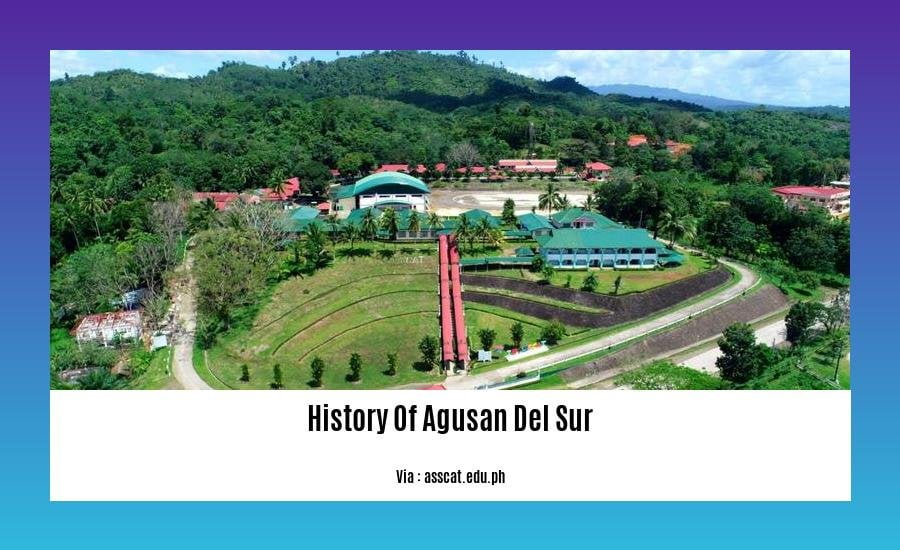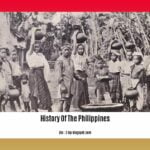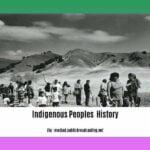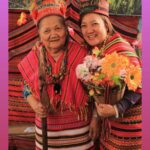Embark on a historical odyssey through the captivating narratives of Agusan del Sur, a province nestled in the heart of Mindanao’s Caraga region. In [A Journey Through Time: Unraveling the History of Agusan del Sur], we delve into the depths of this region’s rich cultural heritage, exploring its precolonial origins, enduring indigenous communities, colonial influences, and the transformative post-war era. Join us as we uncover the captivating tapestry of Agusan del Sur’s past, a journey that promises to illuminate and inspire.
Key Takeaways:
Agusan del Sur, established in 1903, is a province in the Caraga region of Mindanao, Philippines.
Agusan del Sur was formed as a separate province in 1967 after splitting from Agusan.
The province’s ancestral roots lie with the Mamanwas, who relocated inland due to the arrival of Malay immigrants.
Prosperidad serves as the province’s capital municipality.
Archeological discoveries indicate trading connections with Southeast Asian neighbors, including relics connected to the Majapahit Empire.
History of Agusan del Sur: A Tapestry of Richness and Resilience
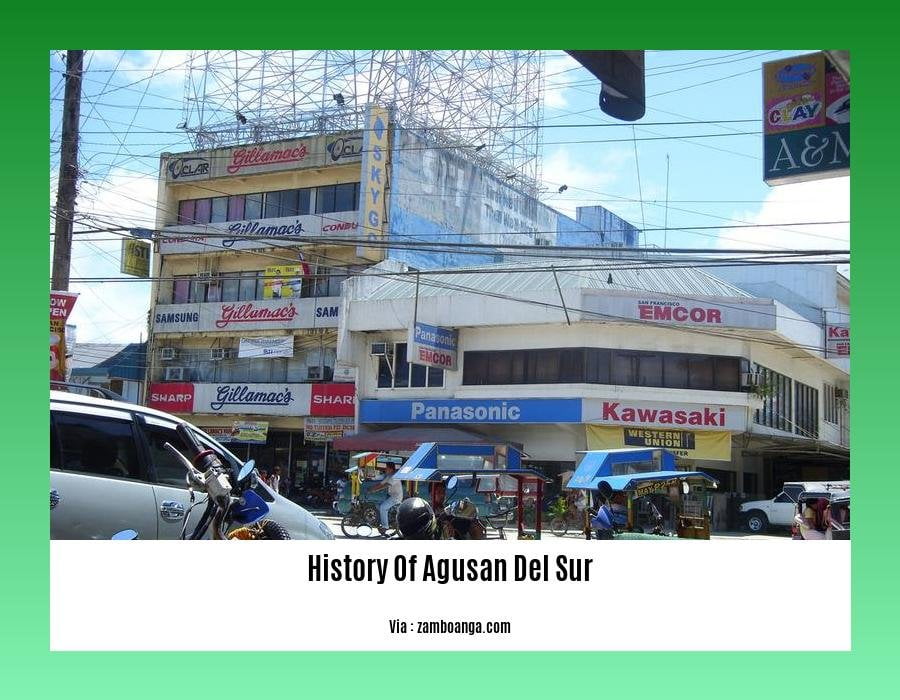
When one embarks on a journey through the history of Agusan del Sur, they are bound to encounter a province that is as diverse as it is captivating. Situated in the heart of the Caraga region, Mindanao, Philippines, Agusan del Sur is a cultural mosaic that reflects the unique tapestry of its past.
Precolonial Roots: The Mamanwas and Beyond
Before the arrival of foreign influence, Agusan del Sur was the ancestral home of the Mamanwas, an indigenous tribe who migrated to the region’s interior seeking refuge from the Malay immigrants. These early inhabitants played a crucial role in shaping the province’s identity, laying the foundation for its cultural heritage.
Colonial Influences: A Clash of Cultures
The arrival of Spanish colonizers in the 16th century marked a turning point in the history of Agusan del Sur. The Spaniards brought with them their language, religion, and governance systems, which gradually blended with the existing indigenous culture. This fusion gave birth to a unique blend of traditions that continue to permeate the province’s identity.
Post-War Transformations: A Path to Progress
Agusan del Sur underwent significant transformations in the post-war era. The province was created in 1903 by the Philippine Commission and subsequently divided into Agusan del Norte and Agusan del Sur in 1967. This division paved the way for Agusan del Sur to forge its own path, embracing modern developments while preserving its rich cultural heritage.
Highlighting Historical Treasures
Agusan del Sur is home to a wealth of historical treasures that provide glimpses into its rich past. Archaeological discoveries in the province have unearthed artifacts dating back to the Majapahit Empire, revealing a vibrant trading relationship with Southeast Asian neighbors.
Conclusion
The history of Agusan del Sur is a captivating narrative of cultural fusion, resilience, and transformation. From its precolonial roots to its contemporary identity, the province has emerged as a testament to the indomitable spirit of its people. Whether you’re a history buff or simply curious about the diverse heritage of the Philippines, Agusan del Sur offers a journey through time that is both enlightening and inspiring.
To discover the rich history of African clothing, explore the fascinating journey of fashion and style. history of african clothing
Delve into the captivating history of African fashion, a vibrant tapestry of cultural influences and creative expression. history of african fashion
Take a voyage through the annals of Indian aviation history, from its humble beginnings to its remarkable rise as a global aviation hub. history of airlines in india
Japanese Occupation and World War II: Resilience Amidst Conflict
Imagine being thrust into a time of war, where your homeland becomes the battleground for two opposing forces. This was the reality for the people of Agusan del Sur, a province in the Philippines that endured the horrors of Japanese occupation during World War II.
The Japanese invasion of the Philippines in 1942 brought with it a reign of terror and human suffering. Agusan del Sur, like other provinces in Mindanao, fell under the clutches of the Japanese Imperial Army. The once peaceful land became a scene of brutality, as the Japanese sought to subjugate the Filipino people.
Amidst the darkness, the spirit of resistance flickered like a flame. The people of Agusan del Sur refused to bow to oppression. They formed guerilla units, collaborating with American and Filipino soldiers to fight against the Japanese occupiers.
The guerilla fighters, operating in the dense jungles and mountains, harassed Japanese troops, disrupted their supply lines, and conducted sabotage missions. Their bravery and resilience inspired hope among the local population, who provided them with food, shelter, and intelligence.
Despite the hardships and atrocities committed by the Japanese, the people of Agusan del Sur never lost their will to survive. They endured food shortages, forced labor, and the constant threat of violence, but they remained resolute in their determination to liberate their homeland.
In 1945, the tide of war turned, and the Japanese forces were finally defeated. The liberation of Agusan del Sur was a joyous occasion, as the people celebrated their hard-won freedom.
The scars of war, however, ran deep. Agusan del Sur had suffered immense destruction, and the task of rebuilding the province began. With resilience and determination, the people worked together to heal their wounds and create a better future for themselves and their children.
Key Takeaways:
The Japanese occupation of Agusan del Sur during World War II was a period of immense suffering and hardship for the local population.
Guerilla units, formed by the people of Agusan del Sur, played a crucial role in resisting the Japanese occupation and inspiring hope among the local population.
The resilience and determination of the people of Agusan del Sur helped them to endure the horrors of war and rebuild their province after liberation.
Sources:
[1]
[2]
Post-War Transformations: Navigating Independence and Economic Development
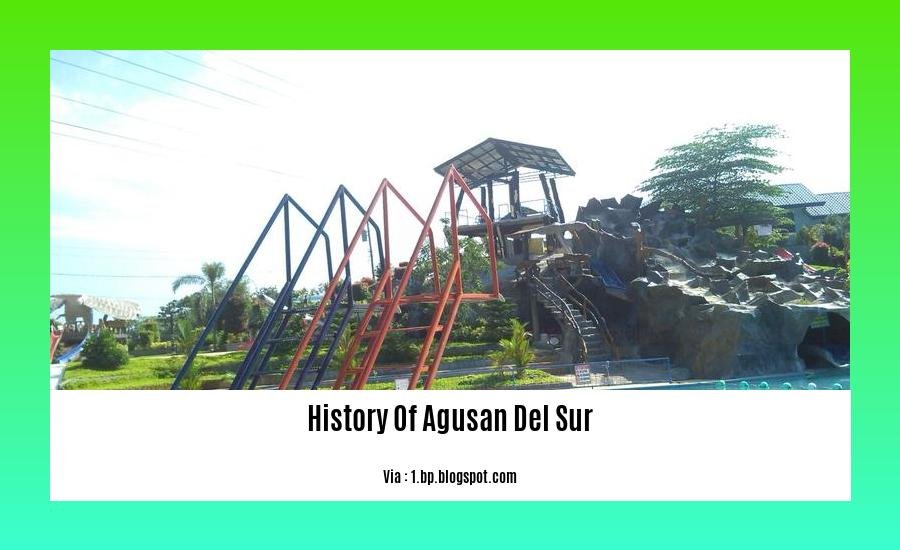
Key Takeaways:
- The post-war period ushered in an era of rapid economic growth and prosperity.
- Agriculture, however, recovered at a slower pace than other sectors, especially in centrally planned economies.
- Global trade soared, with the exception of trade between Eastern and Western blocs, which lagged behind pre-war levels.
The world emerged from the devastation of World War II into an era of remarkable economic growth and prosperity, a period fondly remembered as the “Golden Age of Capitalism.” This surge in economic activity was fueled by several factors, including technological advancements, increased consumer demand, and the reconstruction of war-torn economies.
One notable aspect of this period was the uneven recovery of different sectors. While manufacturing and mining output rebounded swiftly, agriculture lagged behind, particularly in countries with centrally planned economies. This disparity can be attributed to the emphasis on industrial development and the collectivization of agriculture in these countries.
On the global trade front, the post-war years witnessed a significant expansion. Trade volumes soared, driven by the demand for raw materials and manufactured goods. However, trade between the Eastern and Western blocs remained below pre-war levels due to political tensions and the emergence of the Cold War.
Sources:
[1] United Nations:
[2] Cambridge University Press:
Contemporary Agusan del Sur: A Tapestry of Cultural and Historical Treasures
As the years unfolded, Agusan del Sur has flourished into a province brimming with cultural and historical treasures. It’s a living tapestry woven with narratives of resilience, heritage, and transformation. Delve into its contemporary allure, where history echoes in every corner, and tradition blends seamlessly with progress.
Key Takeaways:
Indigenous Roots: Agusan del Sur remains home to diverse indigenous communities, each with unique cultural expressions and a rich heritage passed down through generations.
Cultural Tapestry: The province is a melting pot of ethnicities, each contributing to its vibrant cultural fabric. Witness colorful festivals, traditional rituals, and exquisite craftsmanship that reflect its diverse heritage.
Historical Echoes: Agusan del Sur is dotted with landmarks and heritage sites that speak of its rich past. Explore ancient caves, immerse yourself in captivating museums, and discover the tales they hold.
Natural Splendor: Beyond its cultural treasures, Agusan del Sur boasts breathtaking natural landscapes. Explore lush rainforests, majestic waterfalls, and pristine coastlines that showcase its environmental diversity.
Unveiling Agusan del Sur’s Cultural Heritage
In contemporary Agusan del Sur, traditions and cultural practices are kept alive by its indigenous communities, who proudly showcase their unique identities. The Mamanwas, known for their intricate weaving skills, create stunning textiles and artwork that captivate visitors. The Manobos, skilled in traditional farming techniques, cultivate crops using time-honored methods passed down from their ancestors. Embark on a cultural journey, interact with these warm and welcoming communities, and immerse yourself in their age-old traditions.
Exploring Historical Sites: A Journey Through Time
Agusan del Sur’s historical sites offer a glimpse into its fascinating past. Explore the enigmatic Magsaysay Caves, a network of subterranean chambers that reveal ancient rock formations and archaeological wonders. Journey to the Butuan National Museum, home to artifacts that tell the story of the province’s precolonial era, including the renowned golden image of a seated woman. Discover the Balanghai Shrine Museum, which houses replicas of ancient boats used by seafaring ancestors. Through these historical sites, you’ll uncover the rich legacy that shapes contemporary Agusan del Sur.
Nature’s Masterpiece: Agusan del Sur’s Natural Charm
Beyond its cultural and historical treasures, Agusan del Sur is blessed with an abundance of natural wonders. Lose yourself in the Agusan Marsh Wildlife Sanctuary, a haven for diverse flora and fauna. Hike to the cascading beauty of the Tinuy-an Falls, marvel at the pristine waters of the Siargao Islands, or unwind on the tranquil shores of the Britannia Group of Islands. Agusan del Sur’s natural splendor offers a sanctuary for adventure seekers, nature enthusiasts, and those seeking moments of tranquility amidst its breathtaking landscapes.
Embracing the Past and Present: A Tapestry of Progress
Contemporary Agusan del Sur stands as a testament to the harmonious blend of its rich history and modern-day progress. While traditions and cultural practices are meticulously preserved, the province embraces development and innovation. Sustainable tourism initiatives promote responsible travel that supports local communities and protects the environment. Infrastructure projects enhance connectivity and accessibility, while educational and healthcare facilities provide opportunities for growth and well-being. In Agusan del Sur, the past and present gracefully intertwine, creating a tapestry of cultural and historical treasures.
Experience Agusan del Sur’s Treasures: A Journey of Discovery
Contemporary Agusan del Sur beckons travelers to embark on a journey of discovery, where history, culture, and nature converge. Immerse yourself in the warmth of its indigenous communities, explore historical sites that whisper tales of the past, and marvel at the natural wonders that adorn this vibrant province. Agusan del Sur is a living testament to the power of heritage, a tapestry woven with the threads of tradition, resilience, and transformation.
Sources:
- Agusan del Sur: A Tapestry of Cultural and Historical Treasures
- Agusan del Sur: A Land of Cultural and Historical Treasures
FAQ
Q1: What are the earliest known inhabitants of Agusan del Sur?
A1: The earliest known inhabitants of Agusan del Sur are the Mamanwas, who migrated to the interior of the province due to the arrival of Malay immigrants.
Q2: What evidence suggests a trading relationship between Agusan del Sur and Southeast Asian neighbors?
A2: Archaeological discoveries in Agusan del Sur, such as artifacts traced to the Majapahit Empire, indicate a trading relationship with Southeast Asian neighbors.
Q3: When did Agusan del Sur become a separate province?
A3: Agusan del Sur was established as a separate province in 1967 when the province of Agusan was divided into Agusan del Norte and Agusan del Sur.
Q4: What period in modern Indonesian history was shaped by the Japanese occupation of the Dutch East Indies?
A4: The Japanese occupation of the Dutch East Indies during World War II, which occurred from March 1942 to September 1945, significantly impacted modern Indonesian history.
Q5: What were some of the positive economic developments during the “Golden Age of Capitalism”?
A5: The “Golden Age of Capitalism” was marked by widespread economic growth and prosperity, including significant growth in global trade and increased production in manufacturing and mining industries.
- Discover the Borough of Frenchtown, NJ: A Delaware River Town Blending History, Art & Nature - November 22, 2024
- Discover Clarks Grove, MN: A Small Town with a Big Heart - November 22, 2024
- Califon Borough, NJ: A Small Town with a Big Heart (and Rich History) - November 22, 2024
